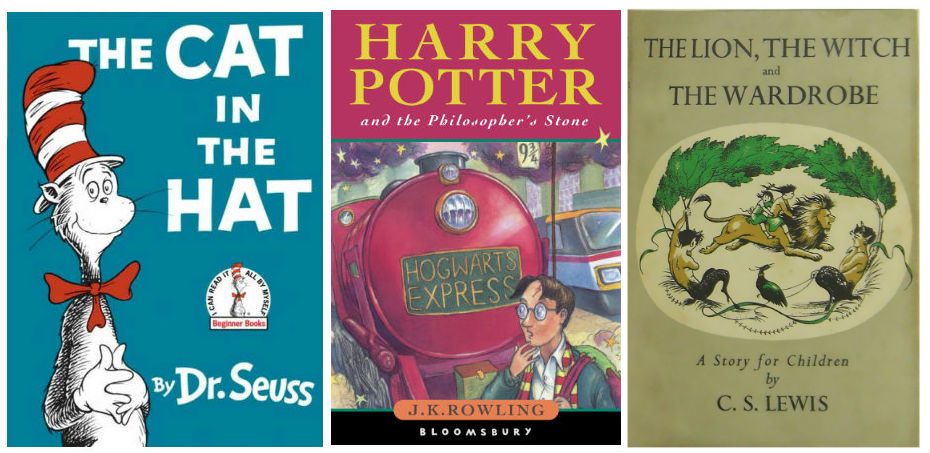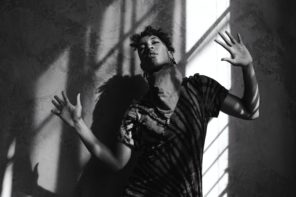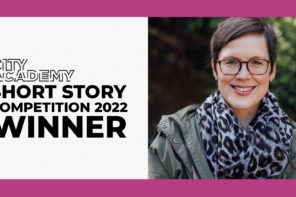Children’s fiction is one of the most important forms of writing – teaching children (and parents!) about the world around them, cementing morals and introducing them to new people and ideas. However, too frequently it is regarded as light entertainment aimed only at youngsters.
Having just launched our brand-new four-week Writing for Children course, we offer further insight in what writing for children involves, and why there is more to children’s literature than first meets the eye.
Children’s literature really can stand the test of time, and whilst Charlotte’s Web may not have helped you recover from your arachnophobia, the stories you read as a child often stay with you into adulthood. It is difficult to look back without a sense of nostalgia for the worlds you visited and characters you met.
Children’s fiction has a special place in the hearts of many writers too, as it was often these stories which sparked their love of literature in the first place. As award-winning Australian author Sonya Hartnett put it: “the most important form of writing is writing for children. It is writing that is carried in the reader’s heart for a lifetime; it is writing that speaks to the future.”
And great children’s literature should be regarded just as highly as adult great adult fiction. The careers of many celebrated writers have been defined by their contribution to the genre: J.M. Barrie was a hugely successful playwright but his most famous work is his children’s novel Peter and Wendy. A.A Milne was also a prolific playwright but is remembered for Winnie the Pooh.
Children’s literature is made up of the same fundamental elements as adult fiction – characterisation, dialogue, plot and setting. Our Writing for Children courses are a great starting point if you are a would-be writer looking to master the basics, allowing you to discuss narrative and characters in some of your best-loved children’s books and work out what makes them so successful. Through a series of fun creative writing exercises, you will learn how to create interesting characters and develop a story that hooks your reader.
I believed before writing my first picture book that nothing could be easier. Big mistake! They are the hardest things to write!”
Our writing tutor Andrew Weale has written several children’s books and in 2013 won the Red House Children’s Book Award for his pop-up book Spooky Spooky House – the only national award for children’s books that is voted for entirely by children themselves.
Andrew said: “I believed before writing my first picture book that nothing could be easier. I mean, picture books are very short and they are for young kids. What could be easier? Big mistake! They are the hardest things to write!”
And it is true – whilst the principles and techniques of developing characters and writing convincing plots can be applied equally to chapter novels and books for young adults, younger audiences are much less patient, so there is a need to grip the reader from the very beginning.
One of the reasons children’s literature is so exciting to explore as a writer, is that it can reach beyond the generations and mean so many different things to a variety of readers. So much enjoyment can come from reading stories to a child, but many children’s books are just as entertaining when read again alone as an adult. Many people have a well-thumbed copy of Dr Seuss or Phillip Pullman on their shelves, and while most of us have given up on ever receiving our invitation to Hogwarts, we still like to visit on our summer holidays!
Children’s literature can reach beyond the generations and mean so many different things to a variety of readers.
There is also the real sense of creative freedom when writing children’s literature, with often magical elements to its plot lines, and the chance to explore exciting storytelling techniques in order to present the work for different audiences.
This broad appeal of children’s literature, and its ability to capture the imagination of the wider public beyond its intended audience, can be seen in the number of adaptations that continue to appear on stage and screen the world over. Matilda the Musical – based on Roald Dahl’s children’s novel – has been performed to packed audiences on the West End, Broadway and around the world since 2011, and holds the record for most Olivier awards won by a musical. Matilda, with its hugely imaginative plot, vividly drawn characters and strong moral message, demonstrates what a creative goldmine children’s fiction is for would-be adapters.
Other much-loved children’s works are being given new life by high-profile cinema adaptations, such as Rudyard Kipling’s The Jungle Book which has recently been revived as a live-action/CGI film directed by Jon Favreau, with another film adaptation (directed by Andy Serkis) set for release in 2018.
The enduring popularity of these stories goes to show the importance of children’s fiction and its relevance to both younger and older readers.
City Academy offer London-based creative writing classes for adults.
Find out more about Writing for Children authors, Andrew Weale and Amanda Swift, and discover more about their courses course here.
For our full offering of creative writing courses, click here.






